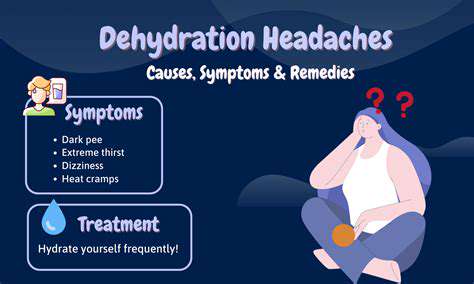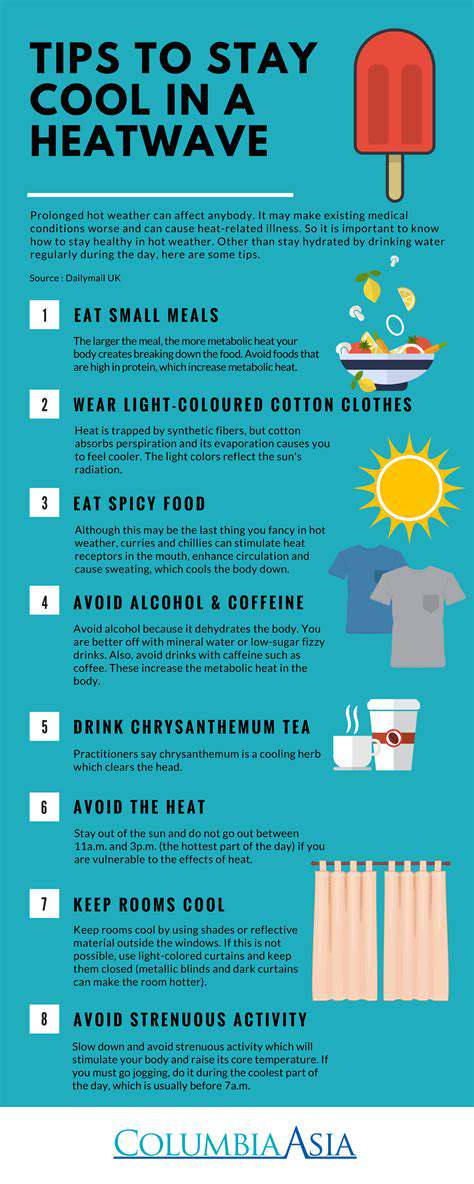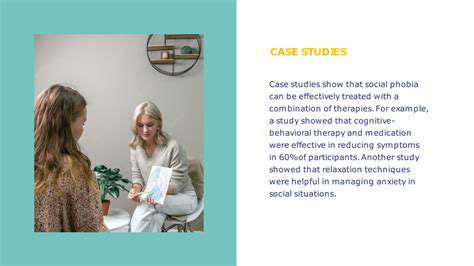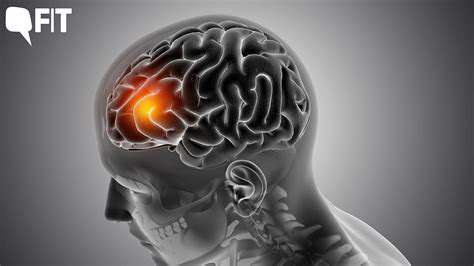Heat Intolerance and Migraines: Staying Cool
The Link Between Heat and Headaches

Understanding the Physiological Connection
Headaches, a common ailment, often result from multiple triggers, with heat playing a particularly notable role in the complex physiological processes that lead to discomfort. When body temperature rises—whether from external heat or internal metabolic activity—inflammatory mediators are released, causing blood vessels near the brain to constrict and dilate. These fluctuations can generate pain signals that present as headaches.
Grasping how heat specifically affects blood vessels and nerve pathways is vital for managing headaches effectively. Deeper research into this relationship could unlock targeted treatments for those suffering from heat-induced headaches.
Environmental Factors and Heat Sensitivity
Spending time in hot environments, especially outdoors or during vigorous exercise, raises the likelihood of developing a headache. High humidity paired with elevated temperatures intensifies the body’s heat stress response, potentially leading to dehydration and a chain of physiological changes that provoke headache pain.
Extended heat exposure often causes severe dehydration, placing undue stress on the cardiovascular system. This strain can disrupt blood flow to the brain and increase intracranial pressure, both of which contribute to headaches. Staying hydrated and avoiding prolonged heat exposure are essential steps to reduce the risk.
People with pre-existing conditions like migraines or tension headaches may find themselves more vulnerable to heat-related headaches. Recognizing personal sensitivity to heat and humidity is key to prevention.
Lifestyle Modifications for Prevention
Simple lifestyle adjustments can go a long way in preventing heat-related headaches. Hydration is critical, as dehydration impairs the body’s ability to regulate temperature, increasing the risk of headaches. Drinking ample fluids throughout the day, particularly in hot weather, is a must.
While exercise is beneficial, intense workouts in extreme heat can heighten the chances of a headache. Proper hydration and pacing are crucial when being active in hot conditions. Pay attention to your body’s signals and rest when needed to avoid overexertion.
Limiting time in extreme heat is another key strategy. Plan outdoor activities for cooler times of day and take extra precautions during heat waves to minimize headache risks.
Identifying Heat Intolerance as a Migraine Trigger
Understanding Heat Intolerance
Heat intolerance, a condition affecting many people, involves an exaggerated sensitivity to heat. Symptoms can range from mild discomfort and sweating to more severe issues like dizziness and nausea. While the exact causes are complex and not entirely clear, genetics, underlying health issues, and environmental factors all play a role. Recognizing this heightened sensitivity is key to identifying potential migraine triggers.
Those with heat intolerance often react more strongly to warmth than others. This response may stem from inefficient sweating, disrupted temperature regulation, or other medical conditions. Tracking these reactions is essential for managing heat-related discomfort and preventing migraines.
Heat's Impact on the Body
High temperatures can significantly alter the body’s normal functions. Elevated body heat causes blood vessels to widen, affecting circulation. For some, this leads to headaches or migraines, especially in those already prone to them. Understanding these circulatory changes helps explain how heat triggers migraines.
The Connection Between Heat and Migraines
Though research is ongoing, many people report a link between heat intolerance and migraines. Some studies suggest that increased blood flow and body temperature from heat exposure can set off migraines in susceptible individuals. Dehydration, often accompanying heat exposure, is another common migraine trigger. Knowing this connection is crucial for prevention.
Identifying Personal Triggers
Tracking personal migraine triggers is a powerful tool for management. Keeping a detailed headache diary can help pinpoint triggers like heat, humidity, or specific temperatures. By noting patterns, individuals can identify which environmental factors correlate with their migraine episodes.
Managing Heat-Related Migraine Symptoms
Proactive measures can reduce the impact of heat on migraines. Staying hydrated, wearing appropriate clothing, and using cooling methods like fans or air conditioning are effective strategies. Adjusting routines to avoid strenuous activity during peak heat can also help prevent migraines.

Lifestyle Adjustments for Preventing Heat-Related Migraines

Dietary Changes
A balanced diet is foundational for preventing health issues. Focusing on whole foods like fruits, vegetables, and lean proteins is critical. These nutrient-rich options support overall health and bodily functions. Cutting back on processed foods, sugary drinks, and unhealthy fats helps maintain a healthy weight and lowers the risk of chronic diseases.
Adding fiber-rich foods such as beans, lentils, and whole grains aids digestion and stabilizes blood sugar. Omega-3 fatty acids, found in fatty fish, flaxseeds, and walnuts, offer heart-healthy and anti-inflammatory benefits. A thoughtful diet can significantly enhance health and prevent illness.
Physical Activity
Regular exercise is essential for maintaining health. Aim for at least 150 minutes of moderate or 75 minutes of vigorous activity weekly. Activities like walking, swimming, or cycling are great options. Strength training twice a week builds muscle and boosts metabolism.
Exercise not only aids weight management but also reduces the risk of chronic diseases. It improves mood, lowers stress, and enhances sleep quality. Even small amounts of daily activity can make a big difference.
Stress Management Techniques
Chronic stress harms both mind and body. Practices like deep breathing, meditation, or yoga can dramatically reduce stress. These methods promote relaxation and improve well-being. Mindfulness helps individuals handle stress more effectively.
Enjoyable activities, such as hobbies or time with loved ones, also relieve stress. Prioritizing sleep and setting boundaries are key to managing stress. These habits support mental and physical health.
Sleep Hygiene
Quality sleep is crucial for overall health. A consistent sleep schedule and relaxing bedtime routine—like reading or a warm bath—signal the body to wind down. A dark, quiet, and cool sleep environment enhances rest. Avoid caffeine and alcohol before bed.
Getting 7-9 hours of sleep nightly improves mood, focus, and memory. Sleep also strengthens the immune system and aids recovery, making it a cornerstone of preventative health.





